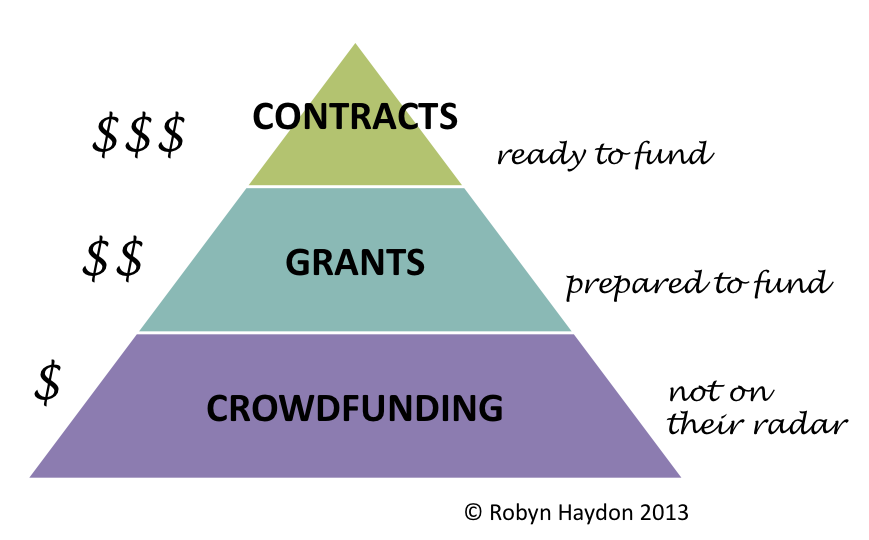At the moment, I am interviewing successful business development leaders as part of a new project.
Something that they all have in common is that they are comfortable with a level of daily uncertainty that would be very confronting to many others. In other words, being uncomfortable is actually comfortable for them. It’s when they get too comfortable that they start to worry!
Bill Gates once said “Success is a lousy teacher. It seduces smart people into thinking they can't lose.”
Successful business development leaders welcome discomfort because they understand this well.
They know that there is a delicate balance between trading off past achievements and experience, and presenting something that’s new, fresh and exciting. They get that customers are only really interested in their team’s 300 combined years of experience if it means that they are using them to do something interesting and valuable right now.
Achievements are great, but like trophies in a trophy cabinet, they eventually start to gather dust and cobwebs. For example, in my local area, there's a restaurant with a sign proudly proclaiming “Food Shop Hygiene Shop of the Year”. Under this, in huge letters, it also says “…2000”. The award was a great achievement — at the turn of the century. But as customer who might be thinking of eating there today, it’s more off-putting than enticing.
This thought might make you feel a little bit uncomfortable, but that’s actually a good thing.
The seeds of future success can come from many places — a chance meeting, a brilliant idea, or even just a deliberate decision to think differently. It is worth making yourself just a little bit more uncomfortable to find them.


